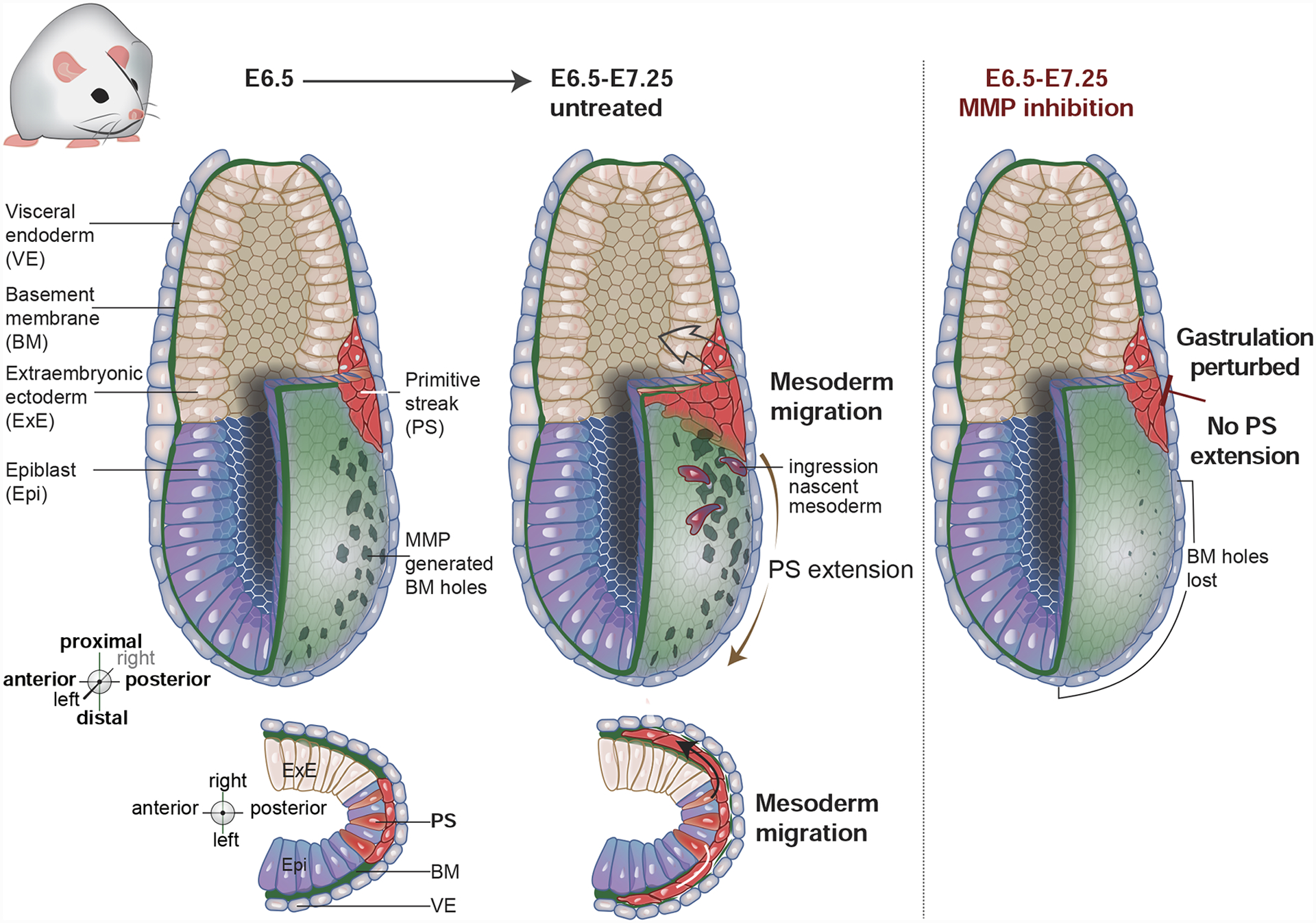Figure 3. Basement membrane (BM) perforations presage primitive streak extension during mouse gastrulation.

During early mouse development, the embryo consists of the abutting epiblast and extraembryonic ectoderm, which is enveloped by a BM and the visceral endoderm. By embryonic day 6.5 (E6.5) matrix metalloproteinase (MMP) activity generates perforations within the BM on the posterior side of the embryo. Gastrulation initiates at the most distal region of these BM perforations at the extraembryonic/embryonic boundary in a region called the primitive streak, where epiblast cells undergo an epithelial-to-mesenchymal transition (EMT), move through the BM gaps and ingress into the space between the epiblast and extraembryonic ectoderm. The first ingressing cells are nascent mesoderm, which then migrate as a sheet between the visceral endoderm and epiblast to create a layer of mesoderm around the embryo. The primitive streak extends through a progressive wave of EMT that follows the BM perforations. Primitive streak extension helps to complete gastrulation by giving rise to additional mesoderm and the definitive endoderm of the embryo. Inhibiting MMP activity blocks BM perforations, prevents primitive streak extension, and disrupts gastrulation.
